Home>Gardening & Outdoor>Landscaping Ideas>How High Should A Raised Garden Bed Be
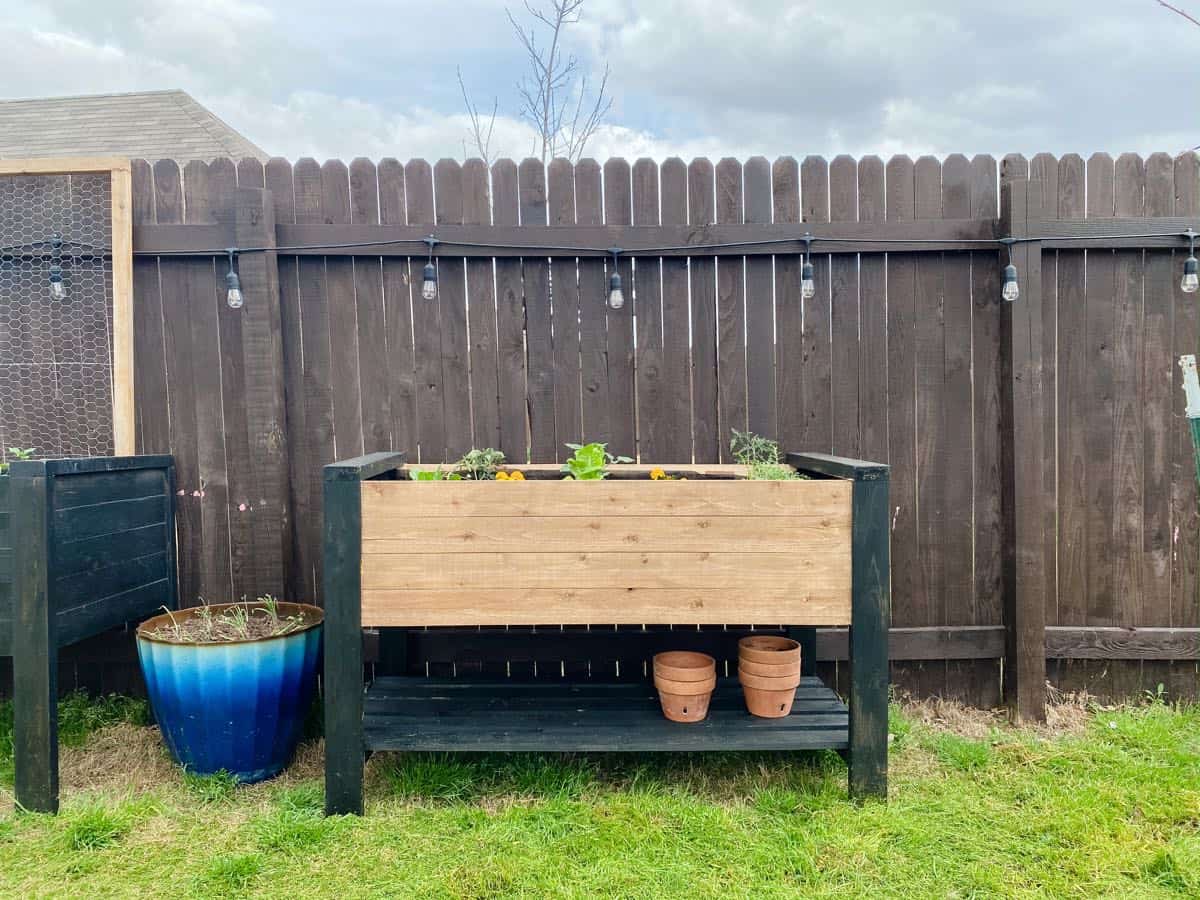

Landscaping Ideas
How High Should A Raised Garden Bed Be
Modified: February 18, 2024
Discover the ideal height for raised garden beds and get expert landscaping ideas to elevate your gardening experience. Learn how to optimize your garden space for maximum yield.
(Many of the links in this article redirect to a specific reviewed product. Your purchase of these products through affiliate links helps to generate commission for Storables.com, at no extra cost. Learn more)
Introduction
Raised garden beds have become increasingly popular among gardening enthusiasts and homeowners looking to cultivate their own green spaces. These elevated planters offer a range of benefits, from improved soil quality to easier maintenance and enhanced aesthetics. One of the key decisions to make when planning a raised garden bed is determining its height. The height of a raised garden bed plays a crucial role in its functionality, productivity, and overall success in nurturing healthy plants.
In this comprehensive guide, we will delve into the various factors to consider when determining the height of a raised garden bed. We will explore the common heights for raised garden beds, discuss the pros and cons of different heights, and provide valuable insights on how to decide the best height for your specific gardening needs. Whether you are a seasoned gardener or a novice enthusiast, understanding the significance of raised garden bed height is essential for creating a thriving and sustainable garden space.
As we embark on this exploration, it's important to recognize that the height of a raised garden bed is not a one-size-fits-all consideration. It is influenced by a multitude of factors, including the types of plants you intend to grow, your physical capabilities, the surrounding environment, and your aesthetic preferences. By carefully evaluating these factors, you can make informed decisions that will contribute to the success and enjoyment of your gardening endeavors.
Let's embark on this enlightening journey to uncover the optimal height for your raised garden bed, ensuring that you are equipped with the knowledge and confidence to create a flourishing garden oasis.
Key Takeaways:
- Choose the height of your raised garden bed based on the plants you want to grow, your physical abilities, and the look you want for your garden. Different heights offer different benefits, so pick the one that suits your needs best.
- Low-profile beds are great for easy access and edging, medium-height beds are versatile, and tall beds are perfect for deep-rooted plants. Consider your mobility, plant choices, and construction effort when deciding on the best height for your raised garden bed.
Factors to Consider When Determining the Height of a Raised Garden Bed
When determining the height of a raised garden bed, several crucial factors come into play, each influencing the optimal height for your specific gardening needs. Understanding these factors is essential for making informed decisions that will contribute to the success and functionality of your raised garden bed.
1. Planting Depth Requirements:
Different plants have varying root depth requirements. For instance, shallow-rooted vegetables like lettuce and herbs may thrive in a shallower raised bed, while deep-rooted crops such as carrots and tomatoes necessitate deeper soil. Consider the types of plants you intend to grow and their specific root depth requirements when determining the height of your raised garden bed.
2. Accessibility and Mobility:
The height of the raised garden bed should align with your physical capabilities and accessibility needs. If you experience mobility challenges or prefer gardening at a comfortable standing height to minimize bending or kneeling, a taller raised bed would be more suitable. Conversely, if you enjoy hands-on, ground-level gardening and have no mobility constraints, a lower bed may suffice.
3. Soil Quality and Drainage:
The depth of soil in a raised garden bed directly impacts its quality and drainage. Deeper soil allows for better root development and moisture retention, particularly beneficial for plants with extensive root systems. Additionally, adequate soil depth promotes effective drainage, preventing waterlogging and root rot. Assess the soil quality and drainage requirements of your chosen plants to determine the ideal height for your raised garden bed.
Read more: How To Build A Waist-High Raised Garden Bed
4. Pest and Weed Control:
The height of a raised garden bed can influence pest and weed management. Taller beds can provide a natural barrier against certain pests and minimize the risk of weed infestation. By elevating the planting area, you can create a more controlled environment that reduces the likelihood of pests and weeds encroaching on your plants.
5. Aesthetic and Design Preferences:
Consider the visual impact and design aesthetics when determining the height of your raised garden bed. Taller beds can create a striking focal point in the garden, adding dimension and visual interest. Conversely, lower beds may seamlessly integrate with the surrounding landscape, offering a more understated and cohesive appearance.
By carefully evaluating these factors, you can make informed decisions regarding the optimal height for your raised garden bed, ensuring that it aligns with your gardening goals, practical needs, and aesthetic preferences.
Common Heights for Raised Garden Beds
Raised garden beds are available in a range of heights, each catering to specific gardening requirements and preferences. The common heights for raised garden beds typically vary from 6 inches to 36 inches, offering diverse options to accommodate a wide array of plants and gardening practices.
-
Low-Profile Beds (6-12 inches): These shorter raised garden beds are ideal for shallow-rooted plants, such as lettuce, herbs, and annual flowers. They are well-suited for gardeners who prefer ground-level maintenance and easy access to their plants. Additionally, low-profile beds are popular for creating defined borders and edging within garden landscapes, adding a decorative touch while serving practical gardening purposes.
-
Medium-Height Beds (12-24 inches): Raised garden beds within this height range are versatile and accommodate a broad spectrum of plants, including vegetables, small shrubs, and perennials. They provide adequate soil depth for most gardening needs while offering a comfortable working height for many individuals. Medium-height beds strike a balance between soil volume, plant support, and accessibility, making them a popular choice for diverse garden layouts.
-
Tall Beds (24-36 inches): These taller raised garden beds are favored for their deep soil capacity, making them well-suited for deep-rooted vegetables, fruit bushes, and plants that require ample room for root development. Additionally, tall beds are advantageous for gardeners seeking elevated planting areas that minimize bending and kneeling, promoting ergonomic gardening practices. Their substantial depth also facilitates effective drainage and moisture retention, contributing to optimal growing conditions for a wide range of crops.
Each height category offers distinct advantages and considerations, allowing gardeners to select the most suitable option based on their specific gardening objectives, plant selections, and physical requirements. By understanding the characteristics and benefits of different raised garden bed heights, individuals can make informed decisions that align with their unique gardening aspirations and contribute to the success of their green endeavors.
Pros and Cons of Different Heights
When contemplating the height of a raised garden bed, it's essential to weigh the pros and cons of various heights to make an informed decision that aligns with your gardening goals and practical needs. Each height option offers distinct advantages and considerations, contributing to the functionality, productivity, and overall appeal of the raised garden bed.
Read more: How High Should Raised Garden Bed Be
Low-Profile Beds (6-12 inches):
Pros:
- Accessibility: Low-profile beds are easily accessible, making them ideal for gardeners who prefer ground-level maintenance and close proximity to their plants. They facilitate effortless planting, watering, and harvesting without the need for extensive bending or reaching.
- Aesthetic Appeal: These beds are well-suited for creating defined borders and edging within garden landscapes, adding a decorative touch while serving practical gardening purposes. They contribute to a neat and organized garden layout, enhancing the overall visual appeal.
- Ease of Construction: Due to their lower height, these beds are relatively easier to construct and require fewer materials, making them a cost-effective option for gardeners seeking simplicity and convenience.
Cons:
- Limited Soil Depth: The shallow depth of low-profile beds may restrict the types of plants that can be grown effectively. Deep-rooted vegetables and larger plants may face challenges in these beds, potentially impacting their growth and productivity.
- Moisture Retention: In drier climates or during periods of intense heat, the limited soil depth in low-profile beds may result in reduced moisture retention, requiring more frequent watering and maintenance.
Medium-Height Beds (12-24 inches):
Pros:
- Versatility: Medium-height beds offer a versatile option for a wide range of plants, including vegetables, small shrubs, and perennials. They provide adequate soil depth for most gardening needs while offering a comfortable working height for many individuals.
- Accessibility and Productivity: These beds strike a balance between soil volume, plant support, and accessibility, making them a popular choice for diverse garden layouts. They facilitate efficient maintenance and harvesting while promoting healthy plant growth.
Cons:
- Limited Depth for Some Plants: Certain deep-rooted vegetables and larger plants may still face constraints in medium-height beds, necessitating careful selection and planning to ensure optimal growth conditions.
- Mobility Considerations: For individuals with mobility challenges, the height of medium beds may still require bending or kneeling, potentially posing limitations for some gardeners.
Tall Beds (24-36 inches):
Pros:
- Deep Soil Capacity: Tall beds provide ample soil depth, making them well-suited for deep-rooted vegetables, fruit bushes, and plants that require extensive room for root development. They offer optimal growing conditions for a wide range of crops, promoting robust and healthy plant growth.
- Ergonomic Gardening: The substantial height of tall beds minimizes bending and kneeling, promoting ergonomic gardening practices and reducing physical strain on the gardener. This is particularly advantageous for individuals with mobility issues or those seeking a more comfortable gardening experience.
Cons:
- Construction Challenges: Due to their height and increased soil volume, tall beds may require more labor and materials for construction, potentially adding to the initial investment and effort involved in setting up the garden bed.
- Limited Aesthetic Integration: The substantial height of tall beds may present challenges in seamlessly integrating with certain garden designs or landscapes, requiring thoughtful planning to ensure visual harmony within the overall garden layout.
By carefully evaluating the pros and cons of different raised garden bed heights, gardeners can make informed decisions that align with their unique gardening aspirations, plant selections, and physical requirements. Understanding the implications of each height option empowers individuals to create thriving and sustainable garden spaces that cater to their specific needs and preferences.
How to Decide the Best Height for Your Raised Garden Bed
Deciding on the best height for your raised garden bed is a pivotal step in creating a thriving and productive garden space. To determine the optimal height, it's essential to consider a combination of practical, functional, and aesthetic factors that align with your specific gardening goals and individual needs. By carefully evaluating these considerations, you can make informed decisions that contribute to the success and enjoyment of your gardening endeavors.
Read more: What Size Should A Raised Garden Bed Be
Consider Planting Depth Requirements
The first step in deciding the best height for your raised garden bed is to assess the planting depth requirements of the plants you intend to grow. Different crops have varying root depth needs, and it's crucial to accommodate these requirements to ensure their healthy development. Shallow-rooted plants, such as lettuce and herbs, thrive in shallower beds, while deep-rooted vegetables like carrots and tomatoes necessitate deeper soil. By understanding the specific needs of your chosen plants, you can determine the appropriate height that will support their root growth and overall well-being.
Evaluate Accessibility and Mobility
Another crucial consideration is the accessibility and mobility aspect of gardening. If you prefer a comfortable standing height to minimize bending or kneeling, a taller raised bed would be more suitable. This is particularly beneficial for individuals with mobility challenges or those seeking ergonomic gardening solutions. Conversely, if you enjoy hands-on, ground-level gardening and have no mobility constraints, a lower bed may suffice. Assessing your physical capabilities and gardening preferences will guide you in selecting the most accessible height for your raised garden bed.
Assess Soil Quality and Drainage Needs
The depth of soil in a raised garden bed directly impacts its quality and drainage. Deeper soil allows for better root development and moisture retention, particularly beneficial for plants with extensive root systems. Additionally, adequate soil depth promotes effective drainage, preventing waterlogging and root rot. By evaluating the soil quality and drainage requirements of your chosen plants, you can determine the ideal height for your raised garden bed that supports optimal growing conditions and plant health.
Factor in Pest and Weed Control
The height of a raised garden bed can influence pest and weed management. Taller beds can provide a natural barrier against certain pests and minimize the risk of weed infestation. By elevating the planting area, you can create a more controlled environment that reduces the likelihood of pests and weeds encroaching on your plants. Considering the pest and weed control benefits associated with different bed heights will aid in selecting the most suitable option for your gardening needs.
Incorporate Aesthetic and Design Preferences
Lastly, consider the visual impact and design aesthetics when deciding on the best height for your raised garden bed. Taller beds can create a striking focal point in the garden, adding dimension and visual interest. Conversely, lower beds may seamlessly integrate with the surrounding landscape, offering a more understated and cohesive appearance. By incorporating your aesthetic preferences and design vision into the decision-making process, you can ensure that the height of your raised garden bed harmonizes with the overall look and feel of your garden space.
By carefully evaluating these factors, you can make informed decisions regarding the optimal height for your raised garden bed, ensuring that it aligns with your gardening goals, practical needs, and aesthetic preferences. This thoughtful approach will contribute to the success of your gardening endeavors, creating a sustainable and enjoyable garden oasis tailored to your unique requirements.
Conclusion
In conclusion, the height of a raised garden bed is a critical factor that significantly impacts the functionality, productivity, and overall success of a garden space. By carefully considering the diverse array of factors, including planting depth requirements, accessibility and mobility, soil quality and drainage needs, pest and weed control, and aesthetic preferences, gardeners can make informed decisions to determine the optimal height for their raised garden beds.
The versatility offered by different heights, ranging from low-profile beds (6-12 inches) to medium-height beds (12-24 inches) and tall beds (24-36 inches), provides gardeners with a spectrum of options to cater to their specific gardening needs and plant selections. Each height category presents distinct advantages and considerations, empowering individuals to create thriving and sustainable garden spaces that align with their unique aspirations and practical requirements.
Ultimately, the decision on the best height for a raised garden bed is a personalized one, influenced by a combination of practical, functional, and aesthetic considerations. Whether it's cultivating shallow-rooted plants in a low-profile bed, accommodating a diverse range of crops in a medium-height bed, or nurturing deep-rooted vegetables in a tall bed, the chosen height should align with the gardener's vision and gardening goals.
By integrating thoughtful planning, careful plant selection, and a deep understanding of the implications of different heights, gardeners can create an environment that fosters healthy plant growth, efficient maintenance, and visual harmony within the garden landscape. The height of a raised garden bed serves as a foundational element that contributes to the overall success and enjoyment of gardening endeavors, reflecting the individuality and creativity of the gardener.
As individuals embark on their gardening journeys, armed with the knowledge and insights gained from this guide, they are empowered to make informed decisions that will shape flourishing garden spaces, nurturing vibrant plant life and providing a source of joy, beauty, and sustenance. With a deep understanding of the significance of raised garden bed height, gardeners can embark on their green endeavors with confidence, creating sustainable and bountiful garden oases that reflect their unique gardening aspirations and enrich their lives.
Frequently Asked Questions about How High Should A Raised Garden Bed Be
Was this page helpful?
At Storables.com, we guarantee accurate and reliable information. Our content, validated by Expert Board Contributors, is crafted following stringent Editorial Policies. We're committed to providing you with well-researched, expert-backed insights for all your informational needs.
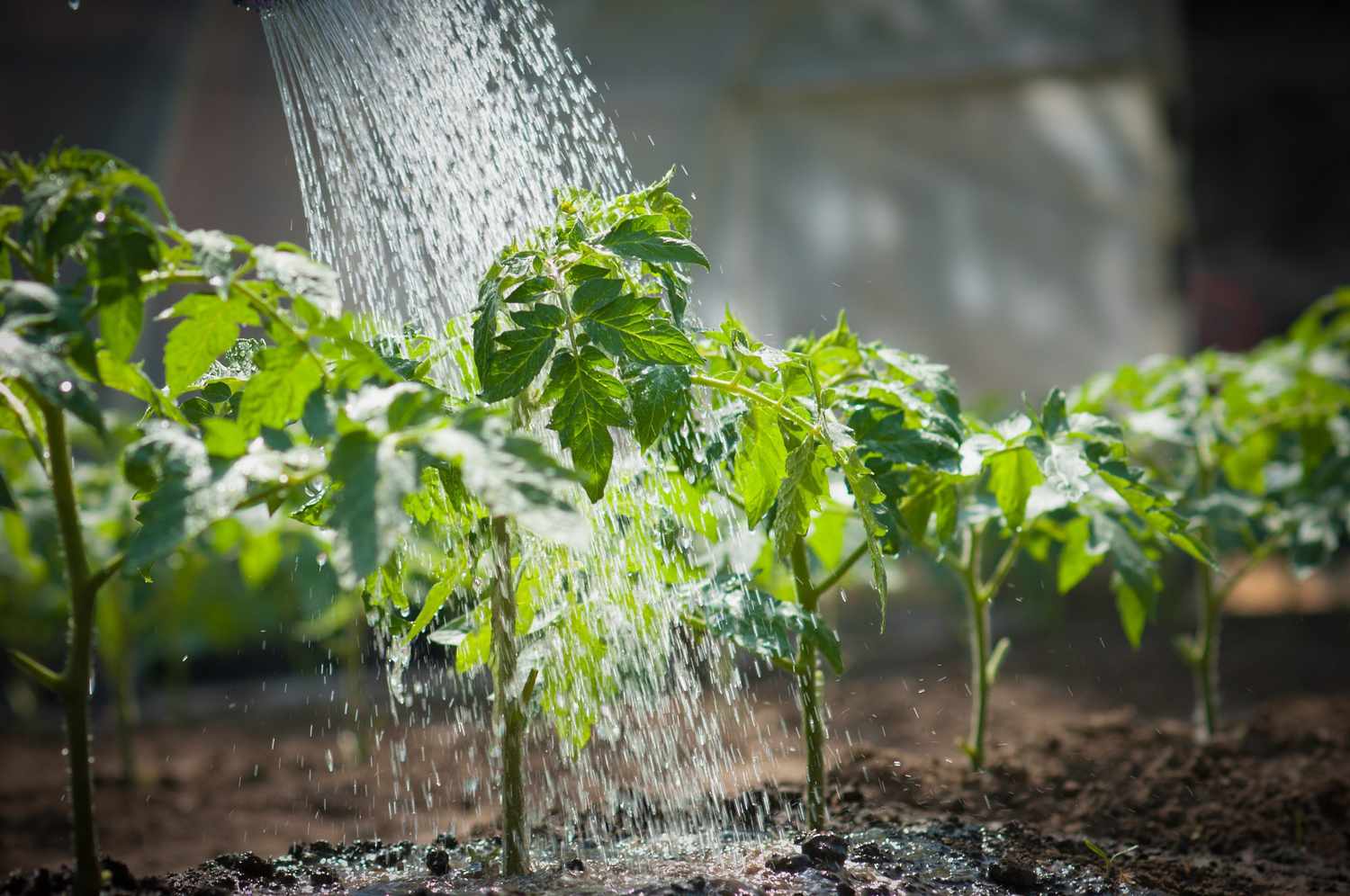
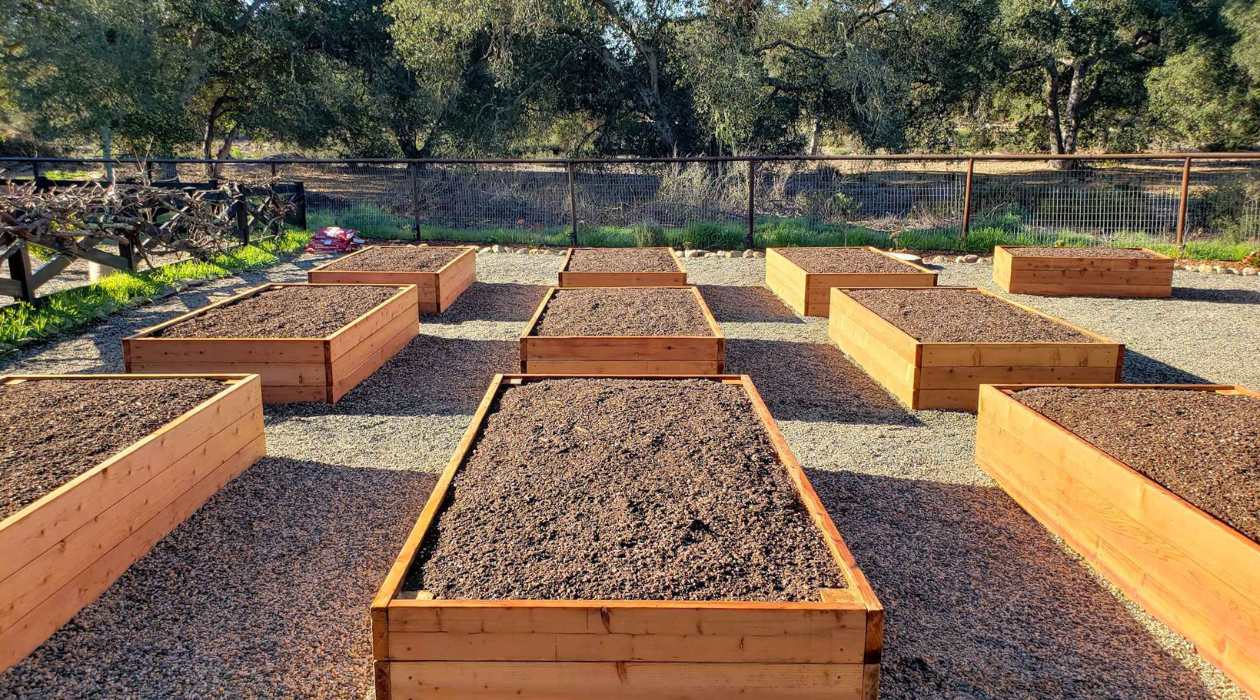
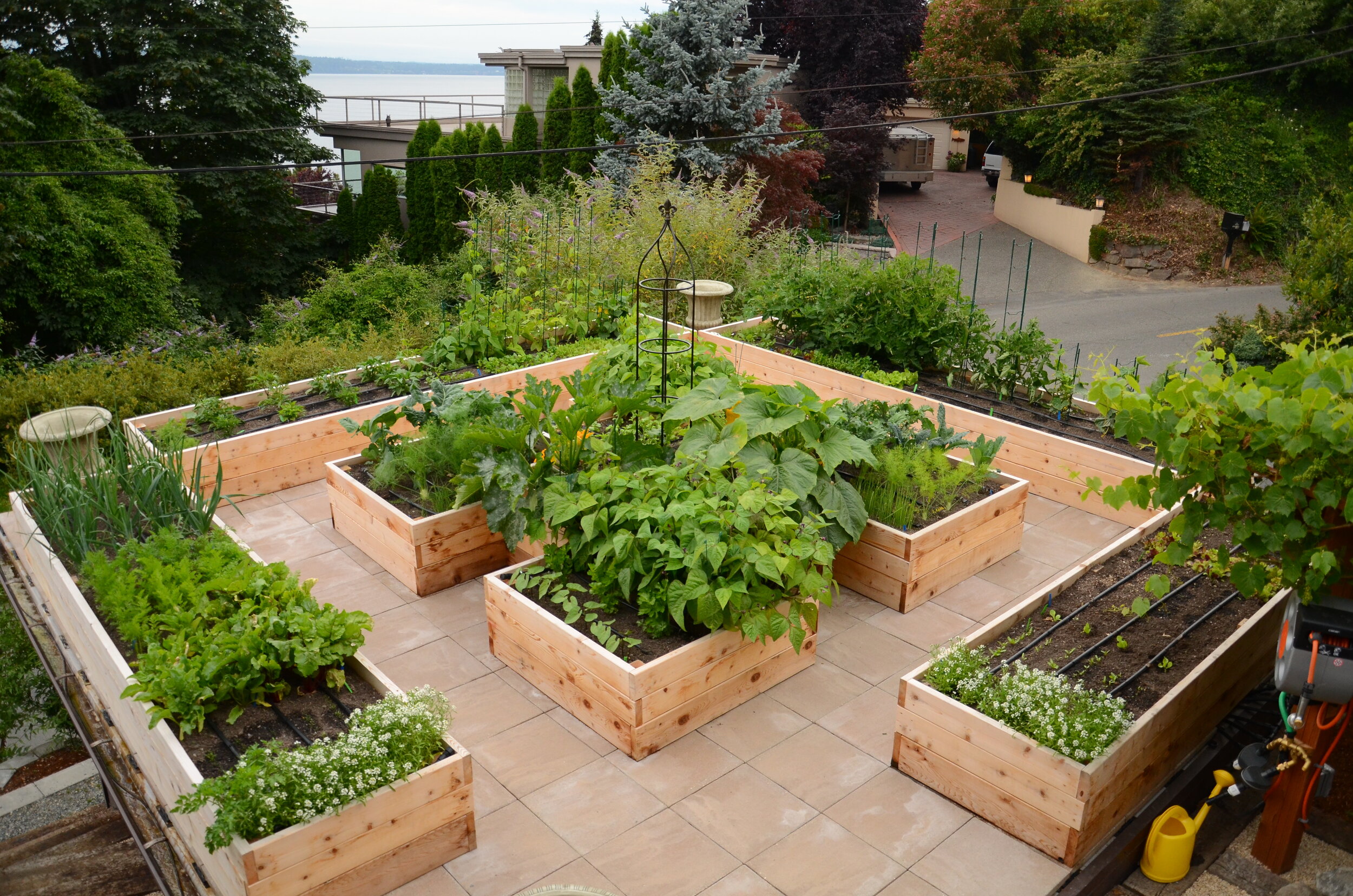


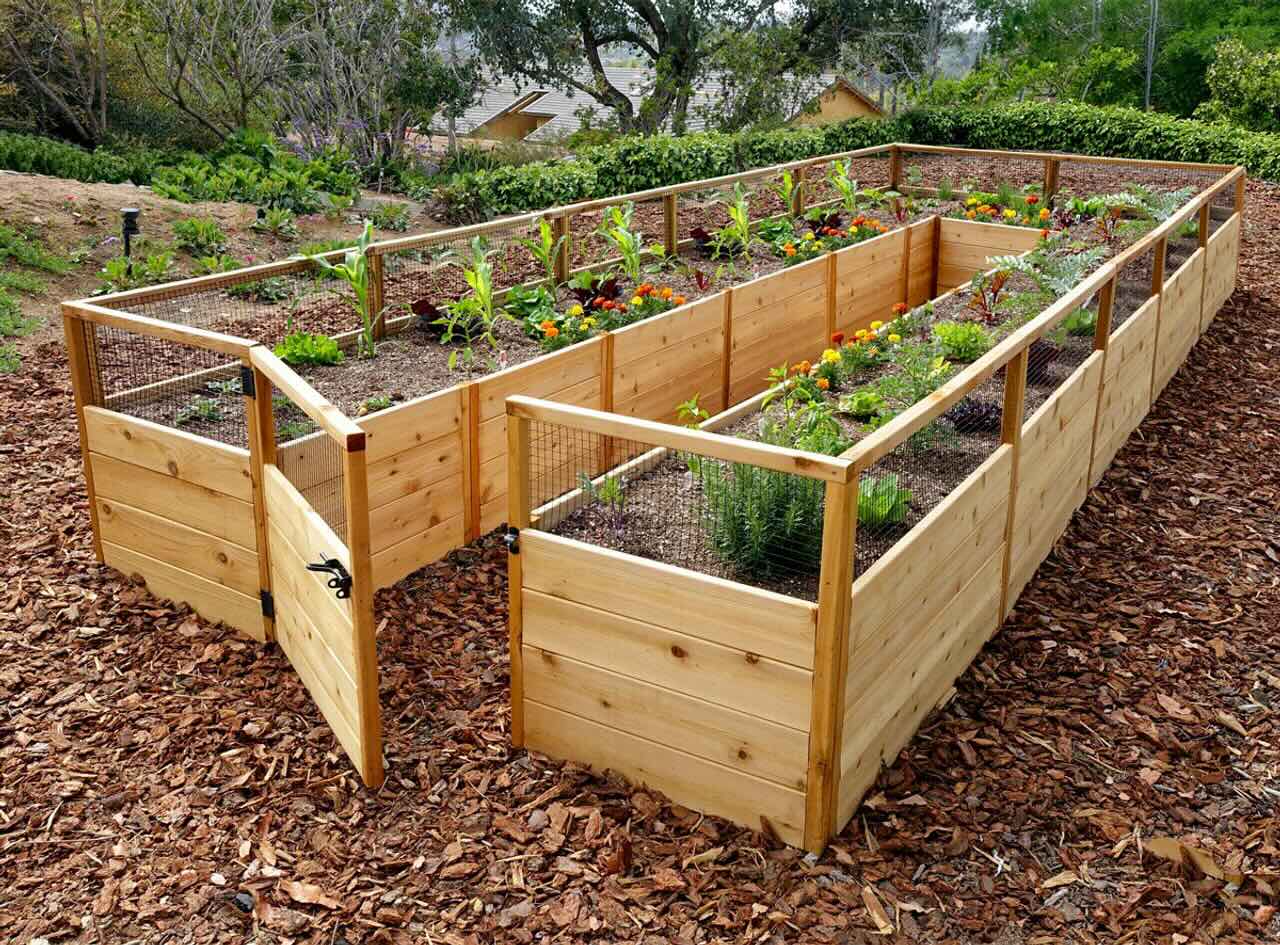
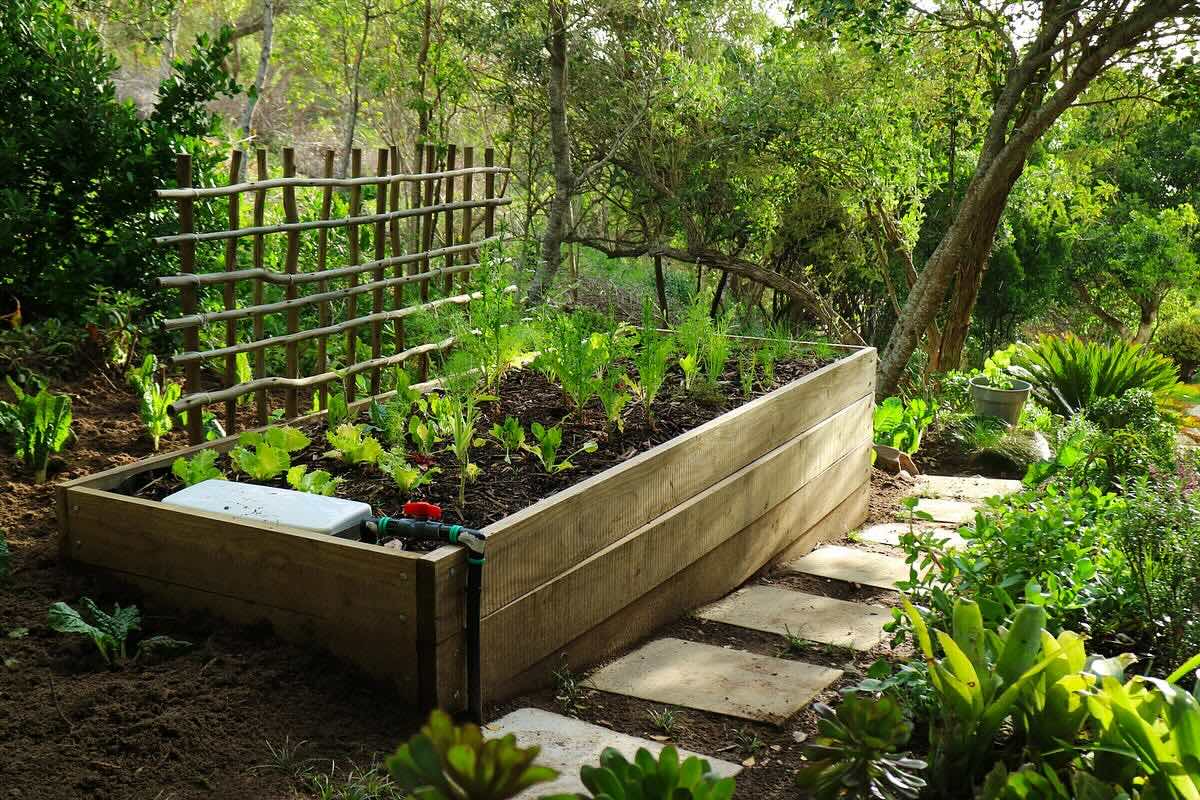
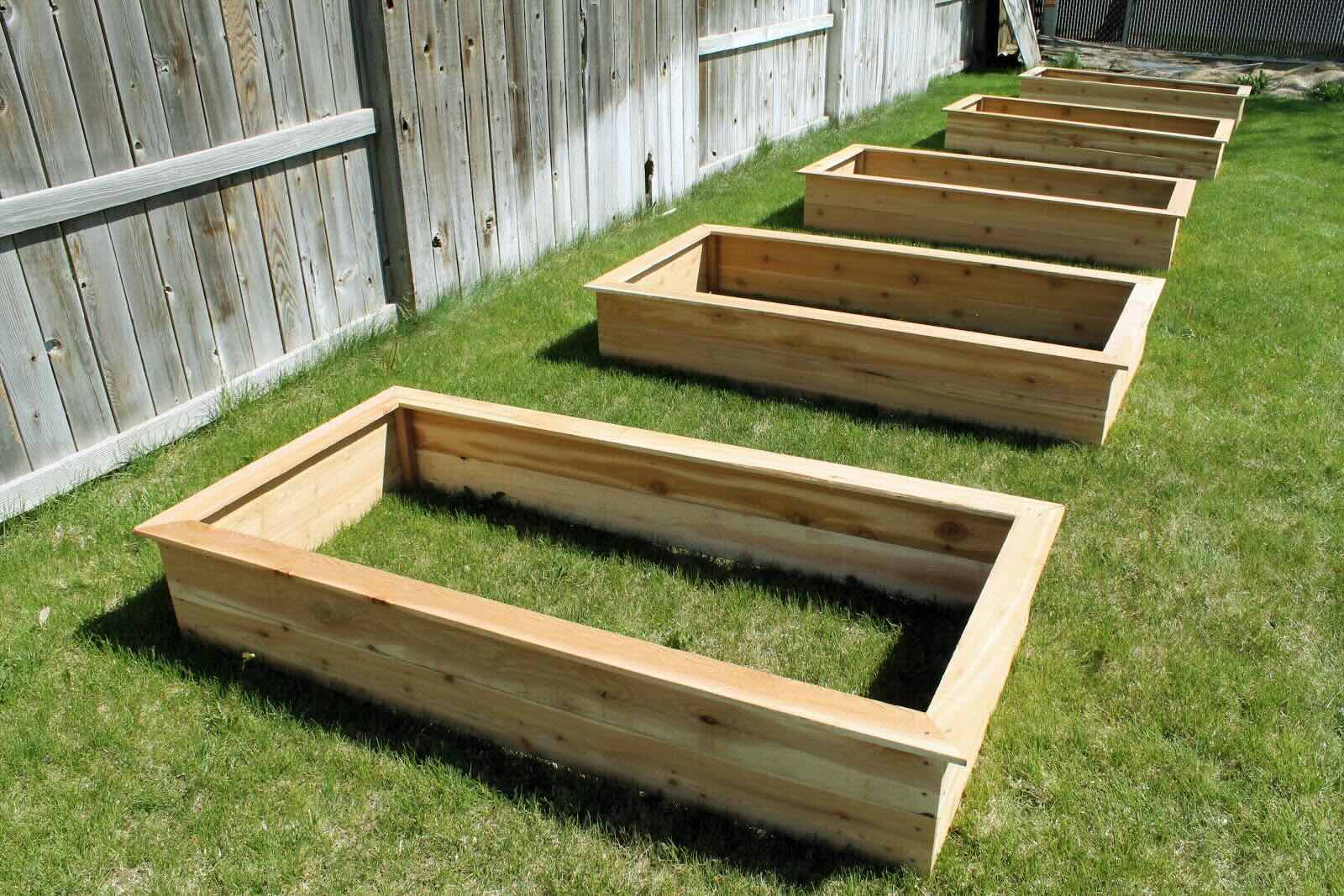
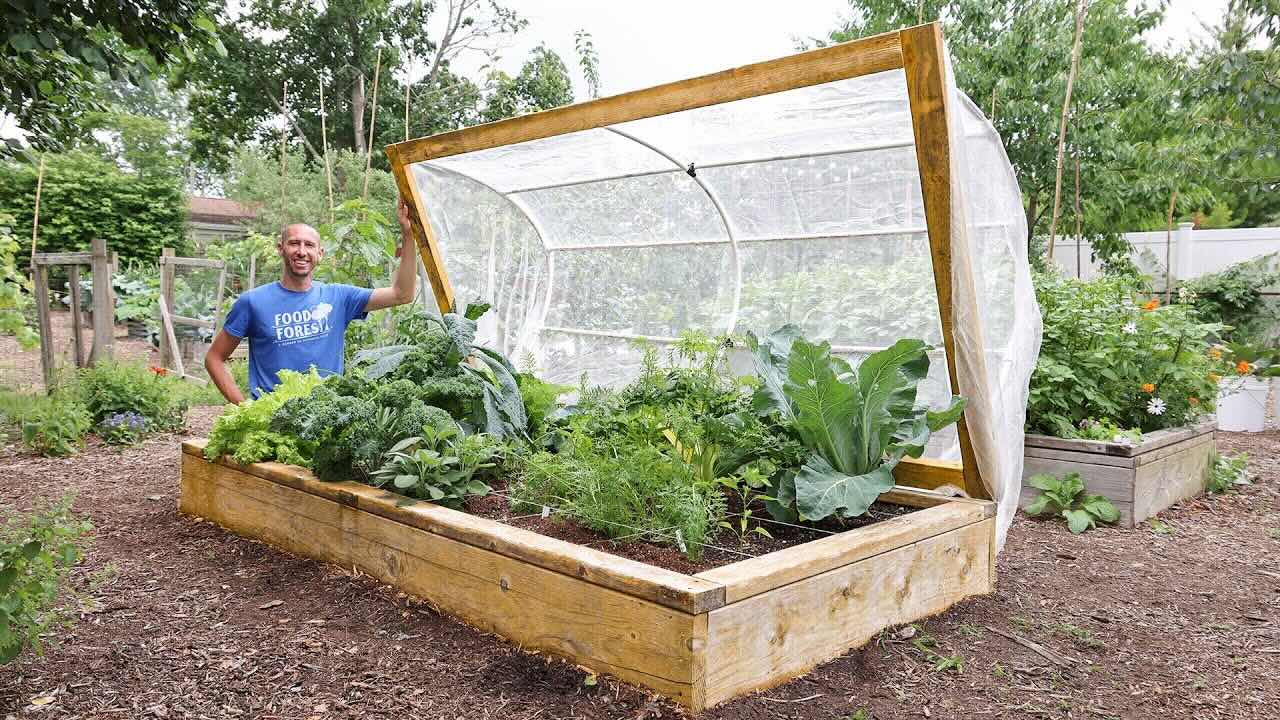
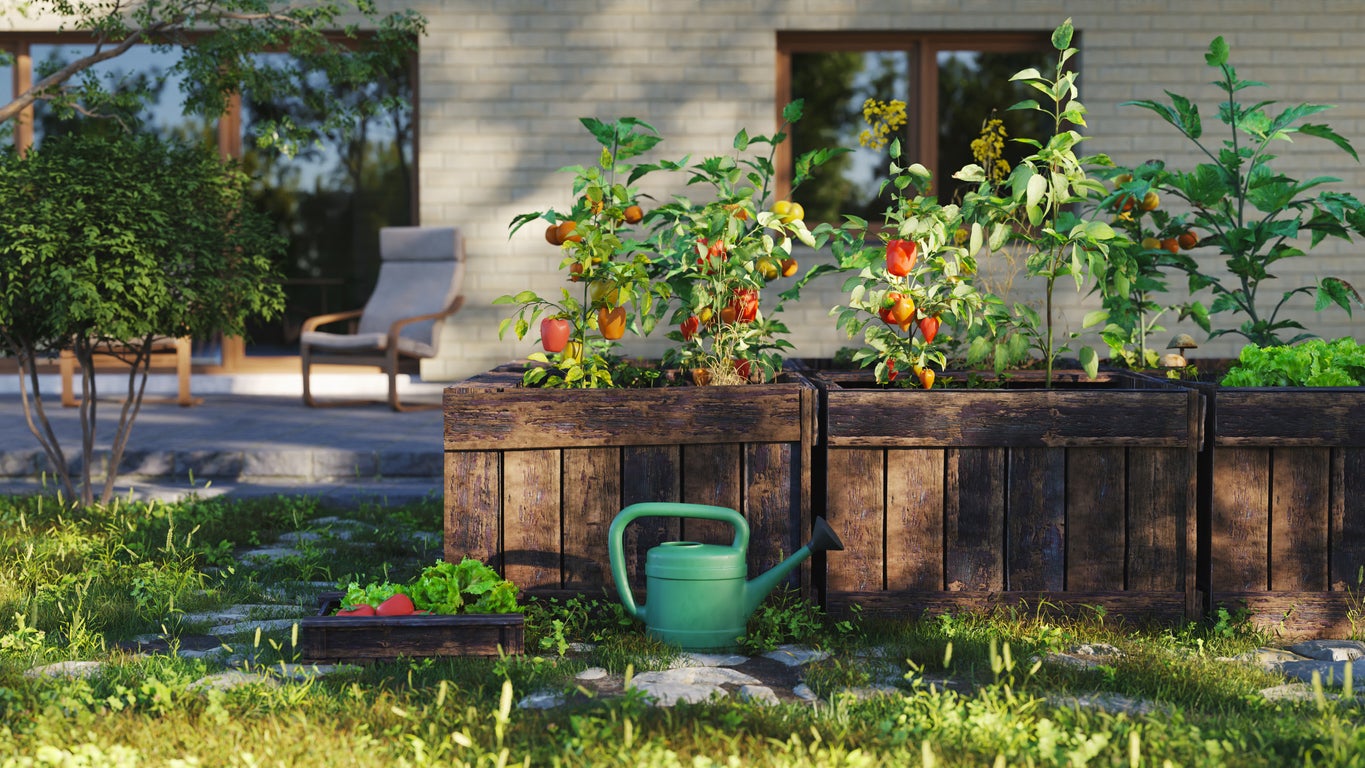


0 thoughts on “How High Should A Raised Garden Bed Be”